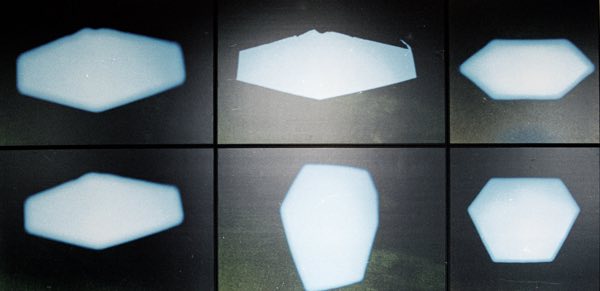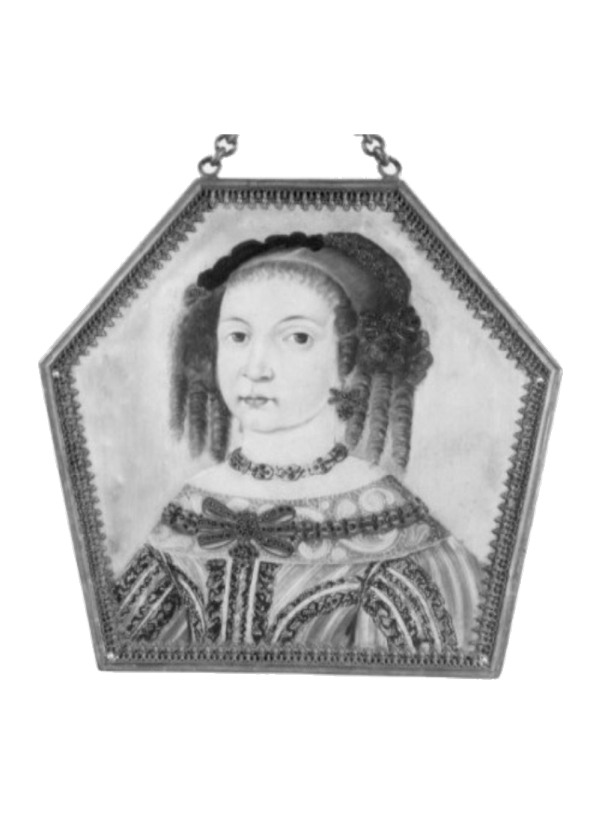This series covers a period of ten years. The shape of the hexagon, which is the common denominator in a large number of graphical or painted works, is of particular importance as it appears multiple times in a pattern of variants on the same geometrical figure.
Works are usually silkscreen and acrylic on wood, but also on canvas, on paper and on a mirror.
Graphics: serigraphy and digital prints.
Silkscreens on wood are most often put together in an installation. Carefully thought out arrangement is an essential part of the creative process.
(...) I think that this process is also distinctive of Struk’s art, as there was nothing more fascinating for him than the mental emergence and material exposure of an artwork. For this he made use of the figures of imagination, inscribed in our cultural landscape.
Roman Lewandowski
A Gesture in the Time of the Palimpsest
Translucencies ASP Katowice 2018

None of the individual works has a title, only entire series are titled.
Patterns most often represent the sea and the movement of waves.
Later, in 2003, the surfaces of the prints show recognizable images of ivy leaves.
The intensely blue digital graphics of 2000 offer a sky of azure in the opening of a hexagon seen from front or bias. These works were created in response to the theme of the International Print Triennial in Krakow in 2000: A Bridge to the Future.
The last works of this series (2003) were made on a hexagonal palimpsest using the raster technique, and have water as their theme. The title of the series is Raster.
A series of prints in black and white, titled Projection, shows the images of one or of several black hexagonal figures, as if projected on a linen screen.
The form of the hexagon, used in the printed and painted work of Tomasz Struk, first appears in 1988, along with gesture painting, and gradually becomes dominant after 1992.
The cultural significance of this form is explained by Tomasz Struk in the following words:
...You mean the series of paintings based on a hexagonal figure, derived from the form of Polish funerary portraits, functioning in the funeral rites of the seventeenth century and disappearing in the early eighteenth century...
From an interview by Philippe Gand with Tomasz Struk on the occasion of the exhibition in the Philippe Gand gallery 1992

The general symbolism of this geometrical form becomes the object of interest of the artist who abundantly shares his knowledge of the subject.
According to the dictionary of symbols, the hexagon is interpreted with reference to the number 6, which denotes symmetry, durability, harmony and peace.
The symbolism of the Star of David is also attached to this number, enriched with the meaning of two reversed triangles which can be interpreted as "predominance of spirit over matter".
In the notebooks, a sketch from 1993 brings out the hexagonal figure from within the Star of David.